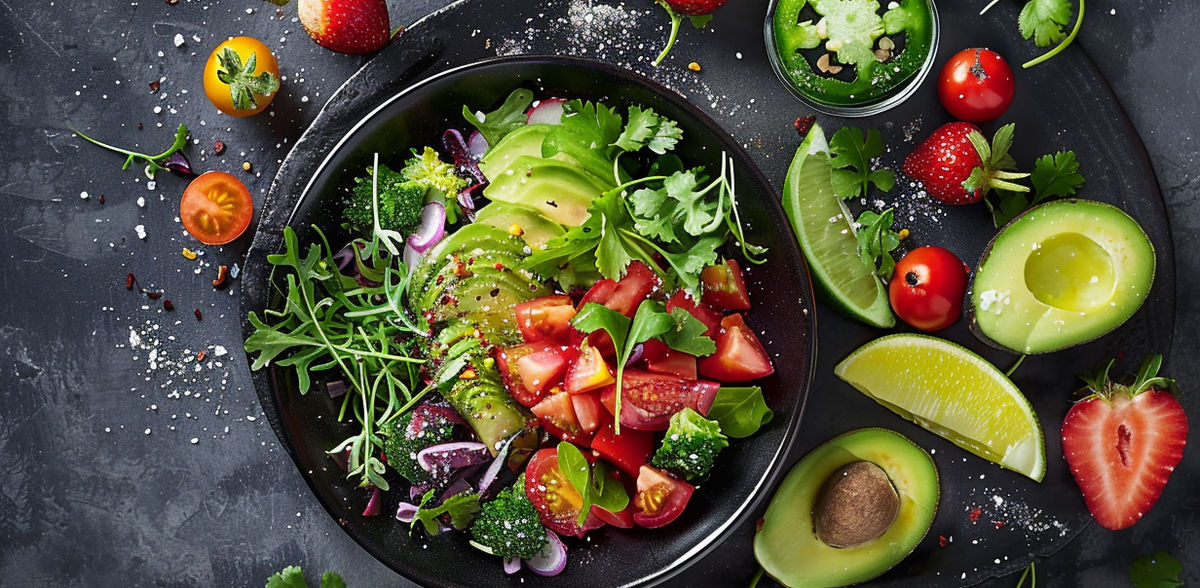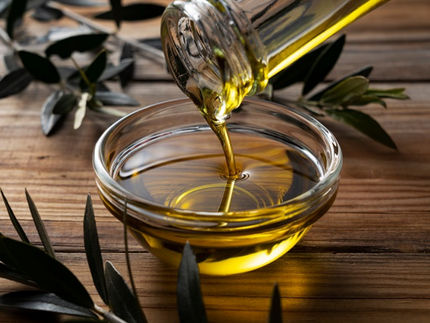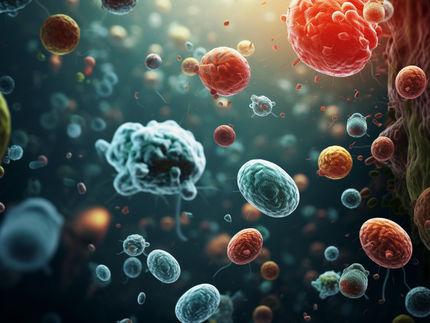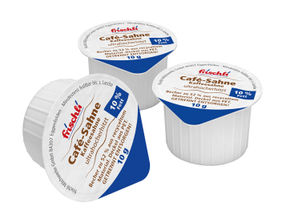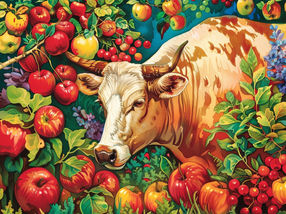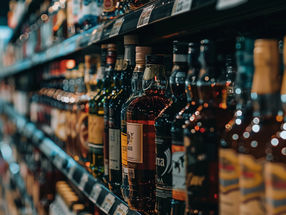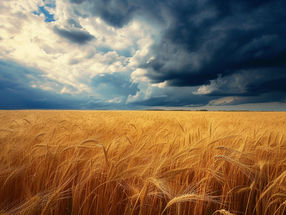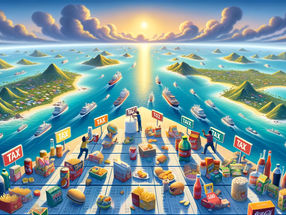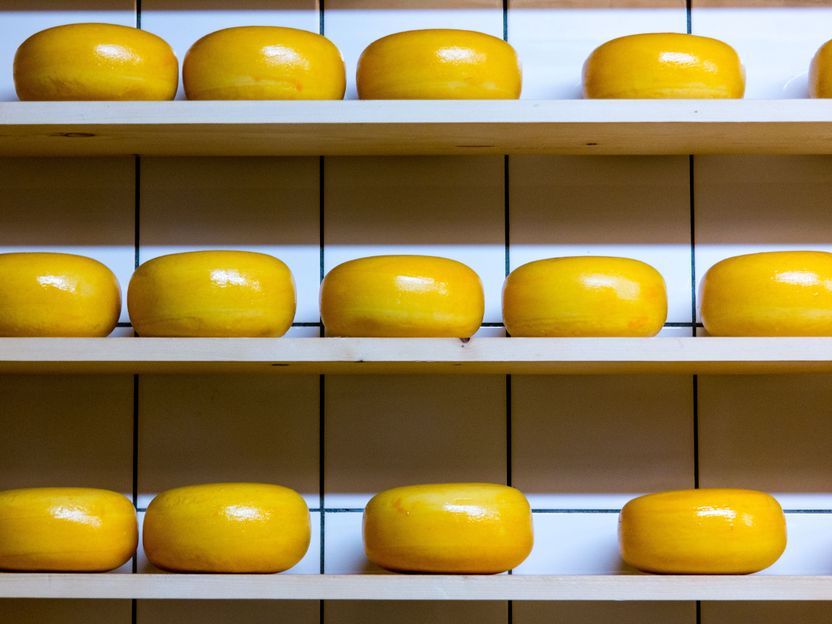How the European Union is making food safer
Advertisement
The EU contaminants regulation 2023/915 has been in force for exactly one year since May 25. It regulates maximum levels of certain substances contained in food. The previous law was outdated. It is therefore a good example of how the European Union is making food safer for its citizens without interfering with the regional characteristics of the individual member states. TÜV SÜD explains the main features of the Directive.
Today, food is often produced and marketed in international value chains. Europe benefits from common quality regulations. "Thanks to regulations such as the EU Contaminants Regulation, Europeans can be sure that the same food safety requirements apply in every EU member state", says Dr. Andreas Daxenberger, food expert at TÜV SÜD.
However, the EU member states do not want to jointly regulate their special features in the type and composition of food, such as the culinary riches of European countries or the composition of innovative foods. "There is no standardized 'European food' - but there are common guidelines for consumer protection," continues Dr. Daxenberger.
What are contaminants?
Contaminants are undesirable substances that are unintentionally present in food as a result of production, processing, packaging, transportation or storage. These can be contaminants from the environment, such as dioxins or mercury. However, substances that can arise during agricultural cultivation and storage, such as mold toxins, or substances that occur in plants themselves, such as hydrocyanic acid or pyrrolizidine alkaloids, are also considered contaminants. Contaminants, such as polycyclic aromatic hydrocarbons, can also arise during the manufacturing process. As contaminants pose a health risk across all countries, they have been regulated jointly.
Contents of the regulation
The EU Contaminants Regulation affects all production areas that a foodstuff passes through from the raw material to the end product, such as agriculture and animal husbandry, animal feed production, processing and trade. The new law takes into account the latest scientific assessment criteria for maximum permitted levels of contaminants, more precise analytical limits of determination, changes in the concentration of substances due to drying or dilution processes and the proportions of ingredients in the finished product. The regulations oblige food business operators to achieve the maximum possible reduction of contaminants.
The principle of maximum levels
EU law stipulates that foodstuffs that are not safe for human health may not be placed on the market. This may be due to pathogenic germs, foreign bodies or contaminants of toxicological concern. As many of these occur in nature itself, a complete ban does not make sense. For food safety, it is necessary for these substances to be below defined, toxicologically tolerable maximum levels.
Monitoring and response to excessive levels
The authorities of the Member States use risk-based sampling plans to check whether the legally permitted maximum levels of contaminants are being adhered to. In the case of food imported from third countries, the importer based in the EU is responsible for compliance with the law. The Community Food Safety Authority EFSA collects data on the occurrence of contaminants in food and feed from the Member States and third countries so that appropriate measures can be taken in problematic cases. Regulation (EU) 2023/915 replaces the previous Contaminants Regulation from 2006 and takes into account the scientific knowledge gained since then.
If a foodstuff exceeds the maximum levels, it may not be sold in the EU. Companies can suffer high financial losses as a result. "The new version of the EU Contaminants Regulation makes it clear once again why any contaminants along the entire food supply chain should be identified and backed up with data," says Dr. Daxenberger. "With TÜV SÜD certification in accordance with IFS Food or IFS Progress Food, companies demonstrate that they have established such documentation as part of their food safety system and are continuously working on their production safety."
Note: This article has been translated using a computer system without human intervention. LUMITOS offers these automatic translations to present a wider range of current news. Since this article has been translated with automatic translation, it is possible that it contains errors in vocabulary, syntax or grammar. The original article in German can be found here.
Other news from the department politics & laws
Most read news
More news from our other portals
See the theme worlds for related content
Topic world Food safety
Food safety is at the heart of the food and beverage industry. It ensures that the food we eat every day is not only nutritious, but also free of harmful contaminants. From field to plate, the industry monitors and regulates every step of the process with strict quality controls, advanced testing methods and continuous research.
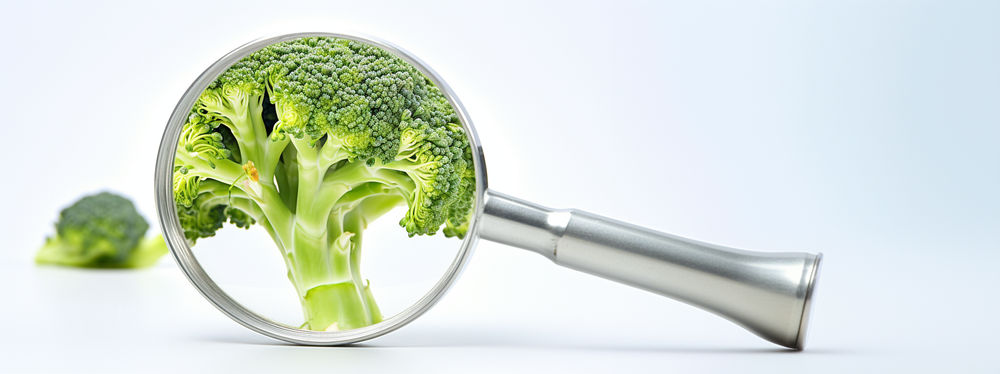
Topic world Food safety
Food safety is at the heart of the food and beverage industry. It ensures that the food we eat every day is not only nutritious, but also free of harmful contaminants. From field to plate, the industry monitors and regulates every step of the process with strict quality controls, advanced testing methods and continuous research.
